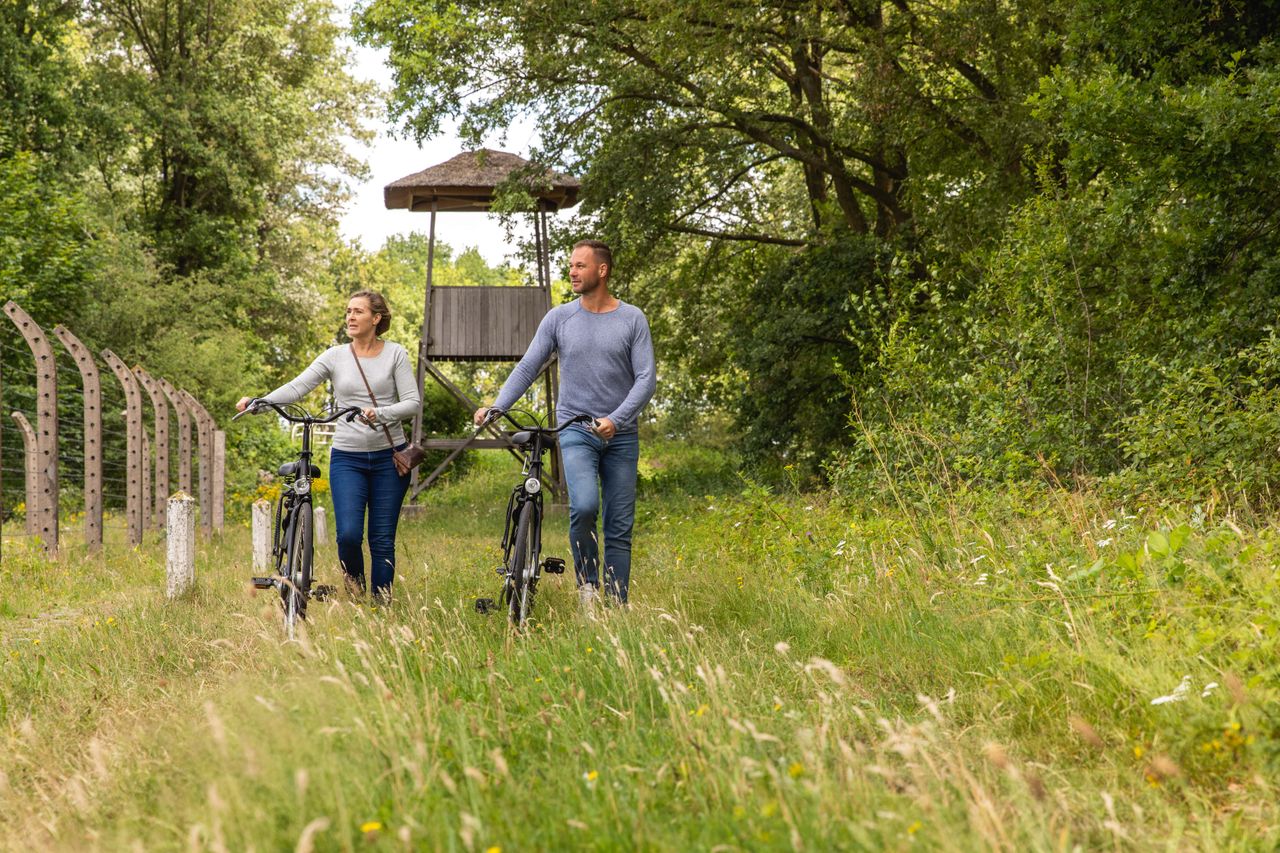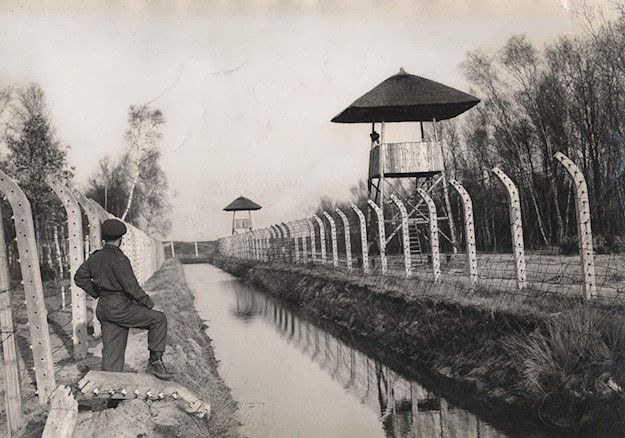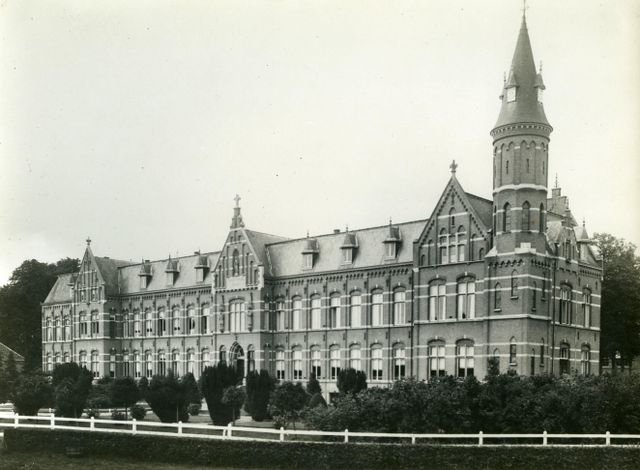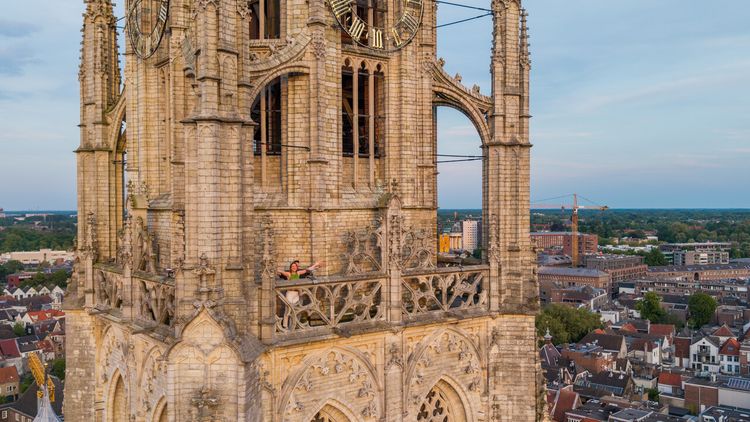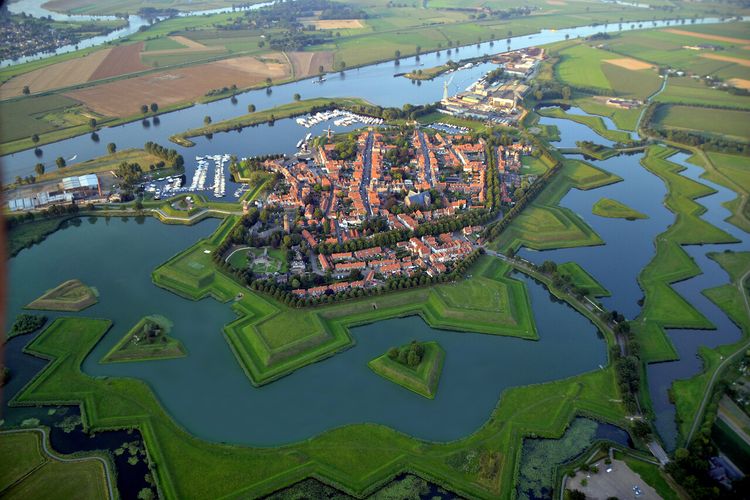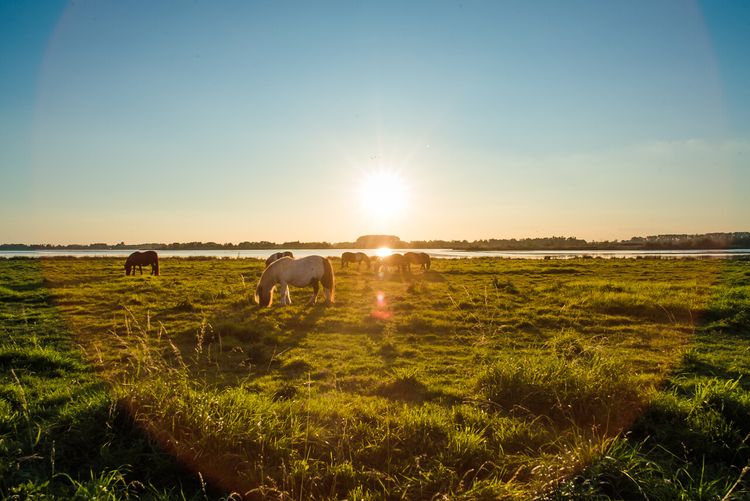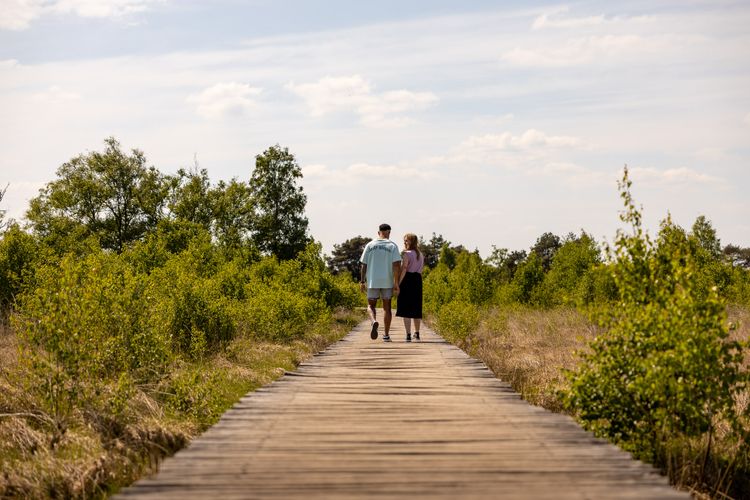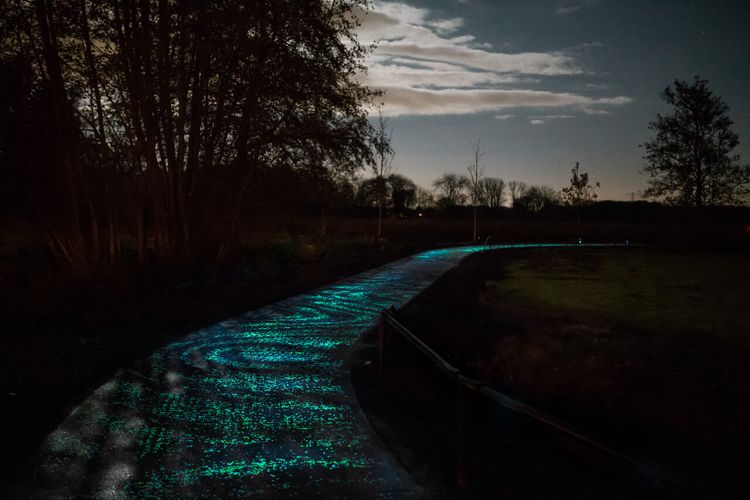Liberation route Vught
The route in and around Vught serves to remind us of many life-changing events during the Second World War. One of the blackest pages in local history was the construction of Camp Vught, an SS concentration camp.
Starting point: from your location
Remembering Camp Vught
The route in and around Vught serves to remind us of many life-changing events during the Second World War. One of the blackest pages in local history was the construction of Camp Vught, an SS concentration camp. Many tens of thousands of Dutch people have been detained here. More than 12,000 Jews were taken from Camp Vught to the extermination camps in the east. The stories, monuments and museums on this route serve to remind us of the darkness of war and the importance of peace and freedom.
-
Signage Liberation Route Brabant
Follow the signs with 'Liberation Route'. These are hung below the regular junction signs.
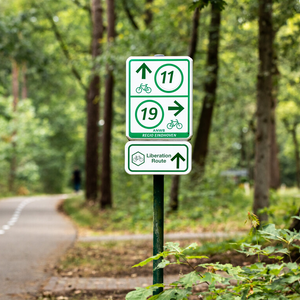
Signage Liberation Route Brabant
Follow the signs with 'Liberation Route'. These are hung below the regular junction signs.

-
Hotline routes
Hotline routesIf there is something wrong on the route, report it here.
Sights on this route
Starting point:
Reutsedijk 75264 PC Vught
Navigate to starting point
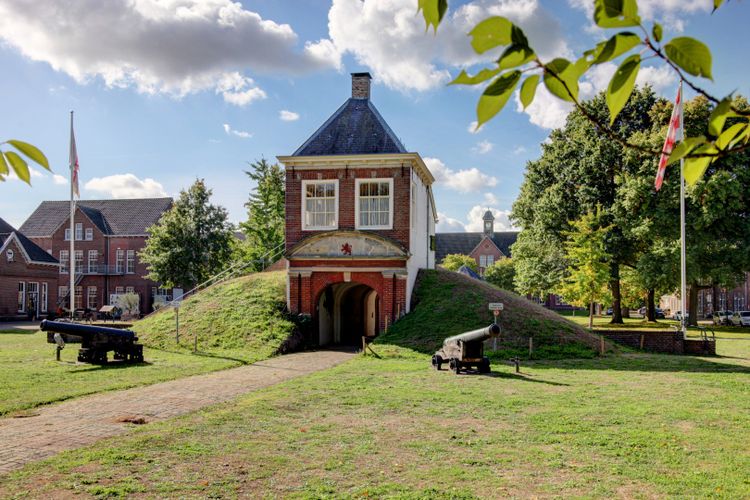
Van der Valk hotel ’s-Hertogenbosch-Vught
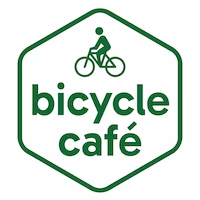
Imagine waking up in the morning with a view of the open fields and waterways of the Bossche Broek, getting your metabolic rate into trim in the fitness club, and then indulging yourself during a live cooking breakfast.
Starting point:
Bosscheweg 25261 AA Vught

Van der Valk hotel ’s-Hertogenbosch-Vught
Van der Valk hotel ’s-Hertogenbosch-Vught
Bosscheweg 2
5261 AA Vught
Poeldonk monument
On 12 May 1940, the hamlet of Poeldonk was on fire. Several farms burned down. Dutch soldiers fiercely fought against the advancing Germans at Dungen bridge. An unequal battle with five casualties on the German side and at least three on the Dutch side. A
Starting point:
Poeldonk 25275 HP Den Dungen
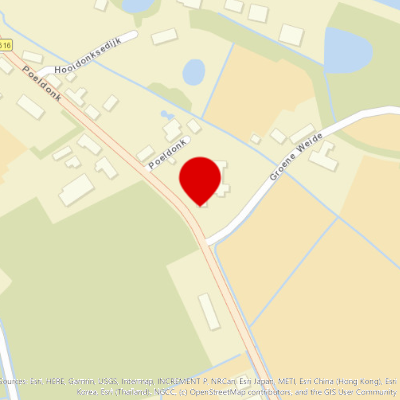
Monument Silent Wings
This monument reminds the residents of Den Dungen of the more than two thousand gliders that landed in occupied territory during Operation Market Garden in September 1944.
Starting point:
den dungen
I opened the door myself
On May 4, 1942, 460 prominent Dutch people are arrested. Politicians, professors, clergy, musicians, lawyers, and writers are taken hostage in an attempt by the German occupiers to get a hold on the Dutch resistance.
Starting point:
sint-michielsgestel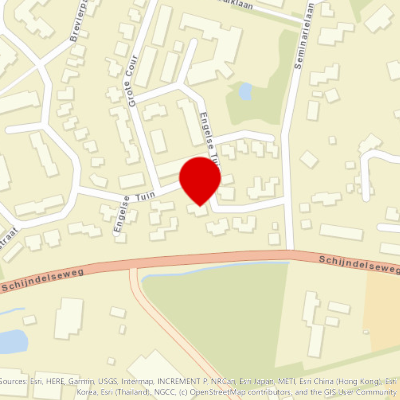
Seminary Beekvliet
During the Second World War, seminary Beekvliet housed one of the hostage camps where the story 'I opened the door myself' (point 4 on the map) takes place. Of the hostages who were imprisoned here for a short or long time, entrepreneur Frits Philips, com
Starting point:
Seminarielaan 35271 SG Sint-Michielsgestel
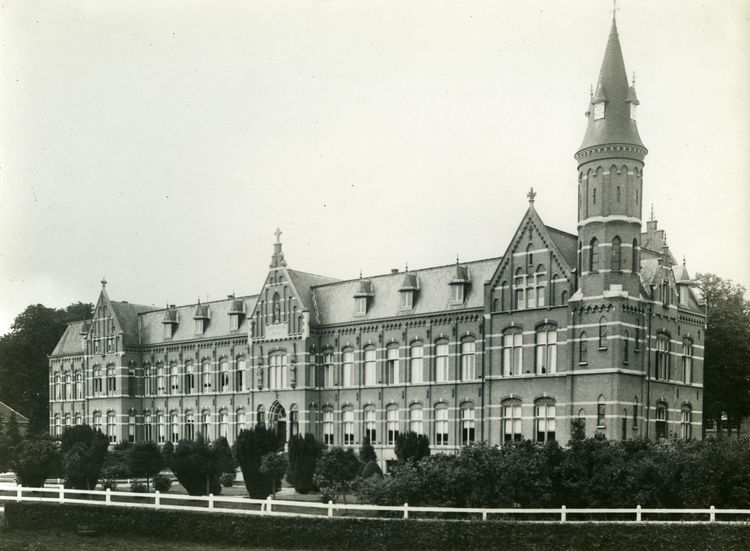
Lunchcafé Toren4

Located in the village centre of Sint-Michielsgestel, just five kilometres from the historic city centre of 's-Hertogenbosch, bicycle and lunch café Toren4 serves the best lunch in the area.
Starting point:
Lunchcafé Toren4Torenstraat 4
5271 GA Sint-Michielsgestel
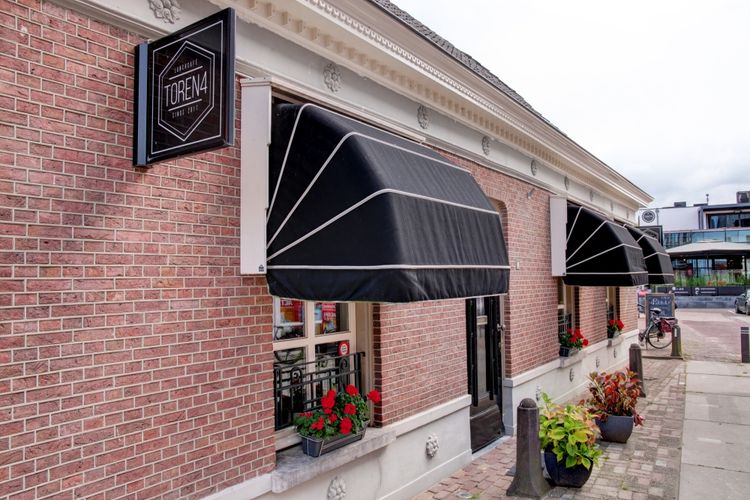
Halder Bridge
The Halderse Brug (Halder bridge) was on the old road to Sint-Michielsgestel. This is now a dead end, because the post-war bridge has been demolished. To slow down the Allied advance, the Germans blew up the Halder Bridge in 1944. However, the British inf
Starting point:
Halderse AkkersSint-Michielsgestel
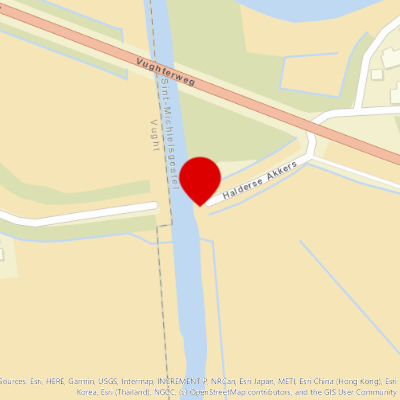
Villa Elsa
The Estate Villa Elsa is one of the youngest estates in Vught.
Starting point:
vught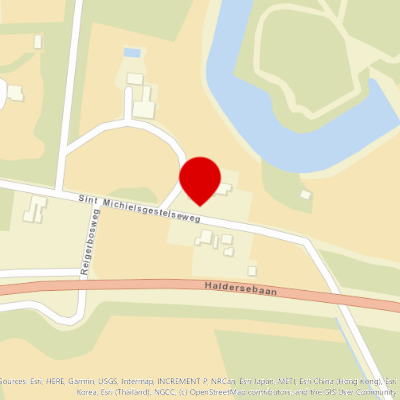
Huize Bergen Estate

Hidden away in beautiful parkland, the Huize Bergen Estate is housed in a listed country villa dating from 1916. You can enjoy contemporary comfort with the homely ambiance of days gone by among centuries old trees on this seven hectare park.
Starting point:
Glorieuxlaan 15261 SG Vught
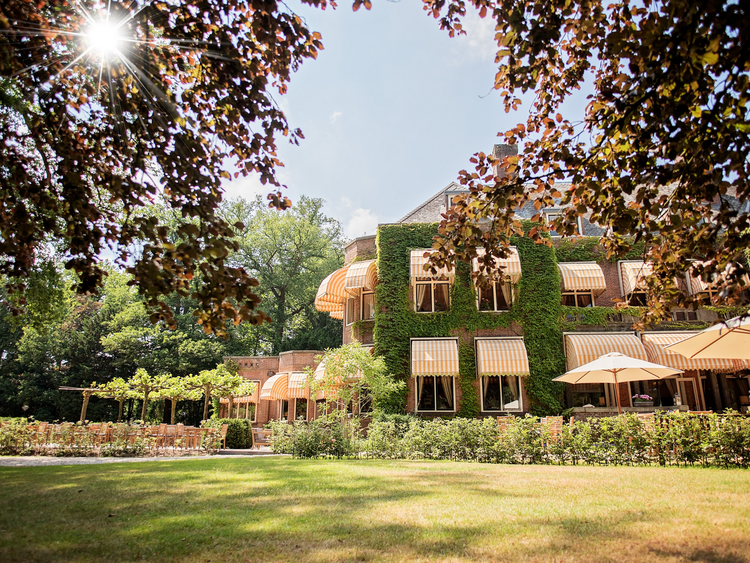
Listening Column - Air Armada Above Vught
From the balcony of Huize Bergen, the Vught villa where he has set up his headquarters, German Generaloberst Kurt Student looks in astonishment at the sky on Sunday, September 17, 1944.
Starting point:
HaldersebaanVught

Listening Column - Air Armada Above Vught
Listening Column - Air Armada Above Vught
Haldersebaan
Vught
Huize Bergen Estate

Hidden away in beautiful parkland, the Huize Bergen Estate is housed in a listed country villa dating from 1916. You can enjoy contemporary comfort with the homely ambiance of days gone by among centuries old trees on this seven hectare park.
Starting point:
Glorieuxlaan 15261 SG Vught

Villa Roucouleur
In November 1941, the Germans requisitioned Villa Roucouleur. They established an office for the Beauftragte of Brabant, the highest German civilian administrator. Just before the liberation of Vught, General Kurt Student had his headquarters here. After
Starting point:
Glorieuxlaan 25261 SJ Vught
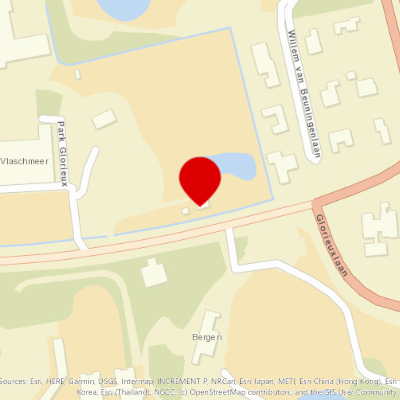
Vught Museum
The Vught Museum is located in the former Saint Peter's Church. Here, you can learn all about the history of Vught, including the hardships during World War II.
Starting point:
vught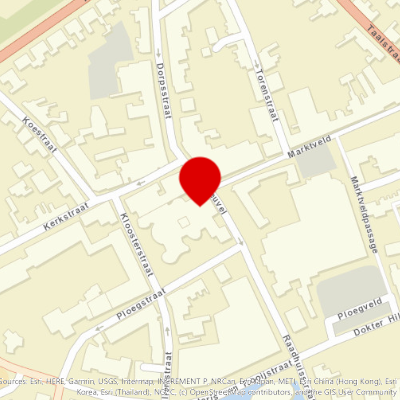
Nine Square Meters of Revenge
Suze Aarts spends her childhood years in boarding schools both in the Netherlands and abroad. After a failed affair, she ends up as an unmarried mother in Amsterdam. In the summer of 1943, she accepts the offer to become an Aufseherin (female camp guard) in Vught.
Starting point:
vught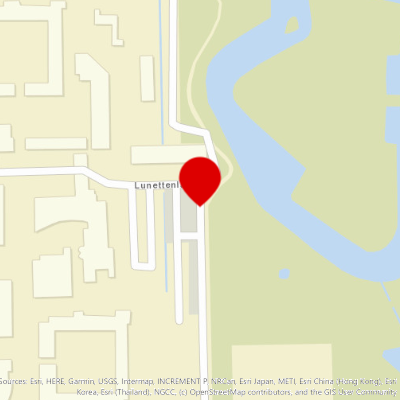
George and Ursula
As the war progresses, the persecution of Jews in Europe takes increasingly severe forms. Concentration camps are built in various places across Europe, including in North Brabant.
Starting point:
vught
Camp Vught National Memorial

Camp Vught National Memorial is located on the site of the only SS concentration camp to have been established in the Netherlands, around five kilometres from the centre of ’s-Hertogenbosch.
Starting point:
Lunettenlaan 6005263 NT Vught
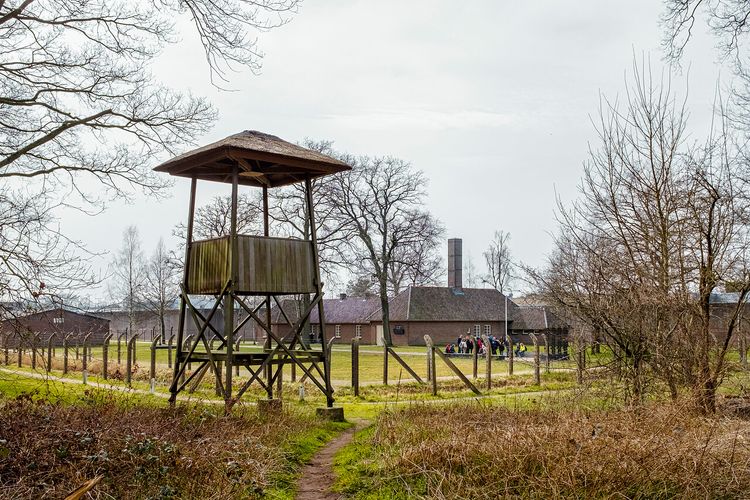
Starting point:
Reutsedijk 75264 PC Vught
Navigate to endpoint

- 23
- 14
- 63
- 64
- 21
- 40
- 20
- 79
- 82
- 72
- 78
- 74
- 73
- 75
- 65
- 36
- 35
- 68
- 13
- 34
- 62
- 61
- 60
- 63
- 24
- 22
- 23
